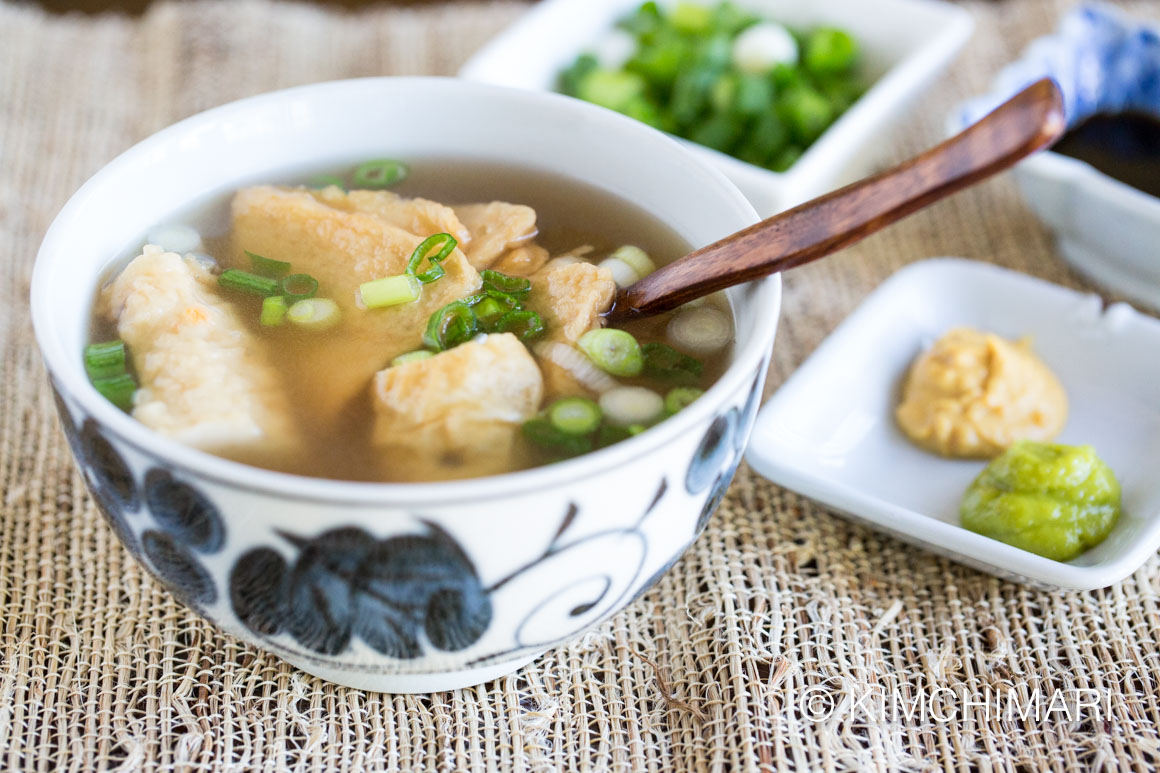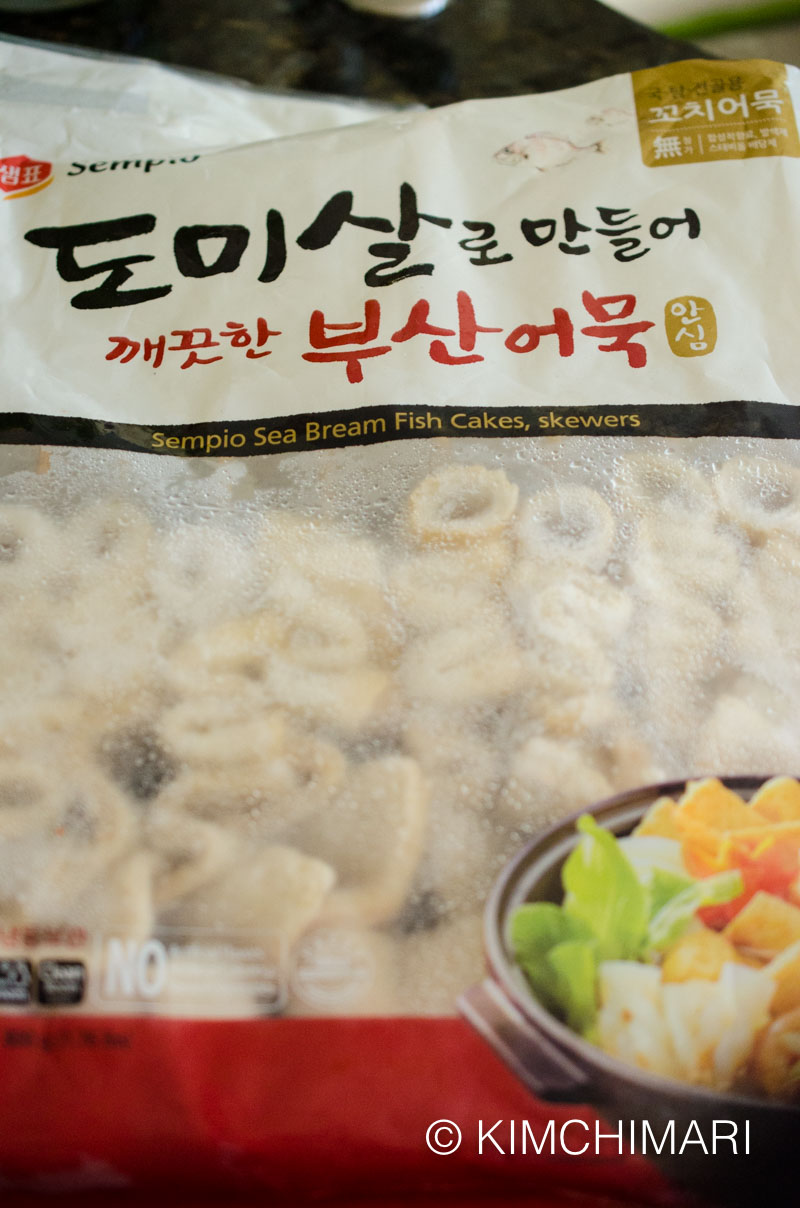As someone who loves authentic Korean cuisine, I was thrilled to discover Korean fish cakes (eomuk/odeng) on a recent trip to my local Asian market These mild, sweet, chewy fish cakes seemed like a tasty new ingredient to add to soups and noodle dishes. But I had to wonder – are these popular Korean pantry staples really healthy?
In this article I’ll share my research on the nutritional value of Korean fish cakes. You’ll learn about their key ingredients calories, sodium content, and more. I’ll also provide tips on how to enjoy eomuk as part of a balanced diet. Read on to determine if this versatile Korean specialty should have a place in your kitchen!
Typical Ingredients in Korean Fish Cakes
To understand the healthfulness of fish cakes, let’s first look at what goes into them:
-
White fish – Usually a mild white fish like pollock or cod This supplies protein
-
Starch – Potato or wheat starch helps bind the cakes.
-
Vegetable – Pureed veggies like onion, carrot, or cabbage add fiber.
-
Eggs – Eggs assist with binding and texture.
-
Seasonings – Sugar, salt, MSG, soy sauce season the cakes.
The primary ingredient is the white fish, which consists of heart-healthy omega-3s. The addition of vegetables boosts the fiber and nutrients compared to a product made only of processed fish.
However, the starch, oil from frying, and seasonings do add calories, sodium, and possibly MSG. Overall though, the cakes offer more benefits than many highly processed snacks as long as portions are controlled.
Serving Size and Calorie Count
The calories in eomuk can range quite a bit based on the brand. Here are some general nutrition facts:
-
1 oz (28g) eomuk – approximately 70 calories
-
1 cup (150g) – around 190 calories
-
A typical skewer with 2-3 small cakes will be 70 – 100 calories.
So a single serving of 1 skewer or 1/4 cup provides a nice source of lean protein at only 100 calories or less. Just watch your portion sizes, as the calories can add up fast if you consume multiple cups of fish cakes in one sitting.
Sodium Content in Fish Cakes
Like many processed and packaged foods, one area of concern with Korean fish cakes is the high sodium content.
-
A 1 cup serving may contain 600 – 800mg sodium.
-
The percentage of your recommended daily value ranges from 25% – 35% per serving.
While the sodium is elevated, it’s on par with many frozen prepared foods. As part of an otherwise low sodium diet, enjoying eomuk in moderation should not cause concern. Just be mindful of total salt intake from all sources when incorporating fish cakes into your menu.
Health Benefits of Korean Fish Cakes
Despite some nutritional drawbacks, eomuk does supply valuable health advantages:
-
Source of lean protein – 7-8g protein per serving.
-
Omega-3 fatty acids from white fish.
-
Fiber from added vegetables.
-
Low in saturated fat when baked or grilled vs. fried.
-
Gluten-free – wheat flour is not always used.
-
No cholesterol – eggs provide protein without cholesterol.
-
Iron, potassium, calcium, magnesium, and B vitamins.
When buying, look for brands clearly marked “gluten-free” and lower in sodium to maximize the benefits. Avoid excessive frying when cooking at home.
Overall, in moderation, Korean fish cakes can be part of healthy diet as they supply nutrients lacking in many processed convenience foods.
Tips for Enjoying Eomuk as Part of a Healthy Lifestyle
Here are my top tips for keeping your fish cake consumption in check:
-
Stick to a 1-2 serving size max per meal.
-
Balance with non-fried sides like kimchi, steamed veggies, or broth soup.
-
Select baked, grilled, or steamed preparation instead of deep fried.
-
Flavor with spices, herbs, lime rather than salt or soy sauce.
-
Accompany with brown rice or quinoa instead of white rice.
-
Drink plenty of water to offset sodium intake.
-
Look for low-sodium, high-protein brands.
-
Enjoy as a snack or appetizer instead of entree.
-
Avoid adding extra high-sodium condiments like ketchup.
-
Read nutrition labels and compare brands.
As long as you keep portions in check and prepare them healthfully, Korean fish cakes can be part of a nutritious diet!
Healthier Homemade alternatives to Packaged Eomuk
For total control over the ingredients, consider making your own homemade eomuk! Here are some healthier recipes to try:
-
Baked Fish Cakes – Use almond flour instead of white starch. Season with herbs, lemon, pepper instead of salt and MSG.
-
Fish and Vegetable Cakes – Add shredded carrots, minced kale or spinach, quinoa flour for extra nutrition.
-
Salmon Cakes – Substitute salmon for a heartier omega-3 boost.
-
Air Fried Fish Cakes – Air fry instead of deep fry for reduced oil and calories.
-
Broiled Fish Cakes – Broil in the oven for 10 minutes flipping once until browned.
Experiment with alternate seasonings and cooking methods to create healthier fish cakes to enjoy guilt-free!
The Verdict: Are Korean Fish Cakes Ultimately Healthy?
After conducting extensive research on eomuk nutrition and health benefits, my verdict is that they can be a healthy addition to your diet when consumed in moderation. The white fish offers lean protein, while added vegetables provide key nutrients and fiber.
The pitfalls to watch are sodium content, excessive frying, and overeating empty starch calories. As long as you stick to sensible single-serving portion sizes, avoid heavy frying, and balance with veggies and grains, enjoying eomuk should not compromise your diet.
For the best nutrition, seek out low-sodium, high-protein varieties. Or better yet, whip up homemade baked salmon cakes seasoned with herbs instead of salt.
At the end of the day, eating traditional Korean fish cakes in combination with an overall healthy diet and active lifestyle can be part of your healthy eating pattern. Eomuk offers some bonuses like omega-3s, protein, and fiber that you won’t find in chips, cookies, or other processed snacks.
So there you have it – my verdict is Korean fish cakes can be healthy when savoring a 1-2 serving portion as part of an otherwise balanced diet. Their versatility also lends well to preparing them more healthfully at home. Expand your culinary horizons and give eomuk a tasty try! Your taste buds and body will thank you.

What is Korean fish cake ?
Different types of food use fish cakes, but Korean fish cakes come from Japan and have become one of the most popular tools for everyday cooking since they were first introduced. Koreans call it either Eomuk 어묵 or Odeng 오뎅 while Japanese call it Oden.

In Korea, odeng comes in many shapes and sizes. It is usually made with potato starch, sugar, pureed vegetables, and white fish that has been blended. It can be bought by itself or with different sauces and marinades. It can also be used to make tteokbokki, which is fish cake soup, also known as Odeng Guk or Eomuk Tang. Its also sauteed lightly to make a side dish – Odeng Bokkeum.
Korean fish cake has a spongy, soft but slightly chewy texture. Sometimes cheap ones may have gritty texture which are ground fish bones.
What does Korean fish cake taste like? It’s mild and sweet, with a hint of fishy flavor that’s full of umami. A cheap odeng may taste more fishy than a good quality one.
Where and What To Buy
Korean and Asian grocery stores, usually in the frozen section or refrigerated section. Well-known Korean brands are Samho 삼호 and Sempio 샘표 like this one.

It’s often sold as 닀산얃묵 (Busan Eomuk), where Busan is the seaport city of Busan. Since Busan is known for its seafood, the name suggests that this one should have more fish than fillers, but you can’t just take what the description says at face value.
Fish cakes that aren’t very good might have more starch as filler than fish meat, so look for ones that are mostly made of fish paste or meat.
Korean fish cakes (Eomuk) comes usually in 2 different styles –
Thin sheets (called Shijang Odeng 시장오뎅) – use these to make Eomuk Bokkeum. Just cut into strips and saute with a little bit of water, soy sauce and sugar. Finish with some sesame seeds and green onions. Also, add these to Tteokbokki for a wonderful variation of texture and flavor. (RECIPE).
Those with sticks or a variety of shapes can be used to make Odeng Guk (Fish Cake Soup) or added to Udon Noodle Soup. Fish cake soup RECIPE.
Keep them in the fridge in a sealed bag or container until the date they go bad, or put them in the freezer to keep them longer. They can be blanched in boiling water before cooking to get rid of any extra oil and make them softer, but it’s not necessary.
Is Korean Fish Cake Healthy?
When made with good fish meat and not too many fillers, fish cakes (Odeng) can be healthy food. As long as they are fried in clean oil. Cheap ones might have been deep-fried in oil that has been used too much, and you might be able to smell rancid oil, which isn’t good for you.
One cup (90g) of Korean Fish Cake (Odeng) usually has 160 calories. The exact number of calories will depend on the brand.
Are Fish Cakes gluten free?
Usually no. It usually contains wheat flour.
Fish Cakes also usually have MSG in them.
